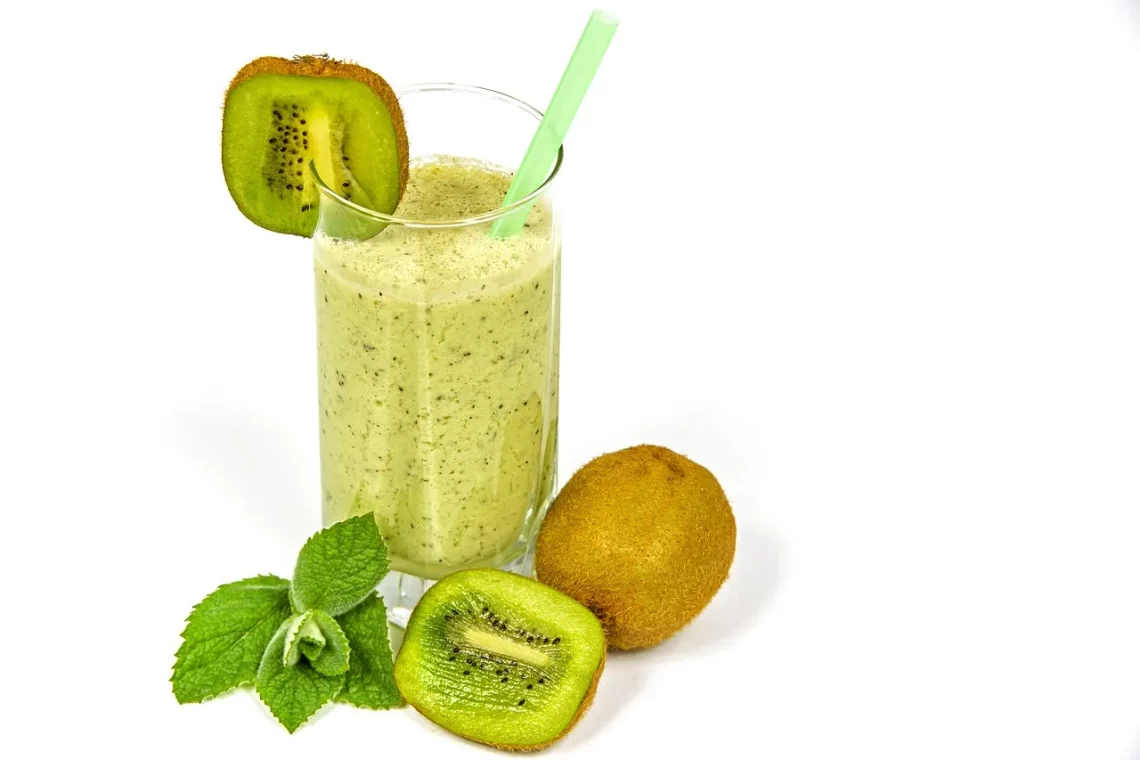
Discover Premium Milk Kefir Grains for Sale Today
Milk kefir has gained significant popularity in recent years, thanks to its numerous health benefits and versatility in the kitchen. This fermented dairy product, rich in probiotics, offers a creamy texture and tangy flavor that can elevate smoothies, salad dressings, and breakfast bowls. As consumers become more health-conscious, the demand for high-quality milk kefir grains has surged. These grains are the key ingredient in creating homemade kefir, allowing enthusiasts to harness the natural fermentation process and enjoy fresh kefir at home.
Understanding the importance of sourcing premium milk kefir grains is essential for anyone looking to embark on a journey into the world of fermentation. The quality of the grains directly impacts the flavor, texture, and probiotic content of the final product. With various options available for purchase, it is crucial to know what to look for when selecting the right grains for your needs.
This exploration of milk kefir grains will guide you through the process of finding the best grains for sale while highlighting their benefits, uses, and the joy of making your own kefir at home. Whether you are a seasoned fermenter or a curious newcomer, the delightful experience of creating your own kefir awaits.
The Benefits of Milk Kefir
Milk kefir is not just a trendy beverage; it comes packed with a plethora of health benefits that make it a desirable addition to any diet. One of the standout features of kefir is its high probiotic content. Probiotics are beneficial bacteria that help maintain gut health, support digestion, and boost the immune system. Regular consumption of kefir can promote a balanced gut microbiome, which is essential for overall health and well-being.
In addition to probiotics, milk kefir is rich in vitamins and minerals. It contains essential nutrients such as calcium, magnesium, phosphorus, and B vitamins, all of which play crucial roles in maintaining bone health, energy levels, and metabolic functions. The fermentation process also enhances the bioavailability of these nutrients, making them easier for the body to absorb.
Another notable aspect of milk kefir is its potential to aid in weight management. The high protein content in kefir can promote satiety, making you feel fuller for longer. This can help reduce overeating and assist in maintaining a healthy weight. Furthermore, the probiotics found in kefir may help regulate metabolism and support fat loss.
Milk kefir also boasts anti-inflammatory properties, which can benefit those with inflammatory conditions. The presence of certain compounds in kefir may help reduce inflammation and promote overall health. Additionally, some studies suggest that regular consumption of fermented foods like kefir may lower the risk of chronic diseases, including cardiovascular issues and type 2 diabetes.
Finally, the versatility of milk kefir makes it an excellent ingredient for various culinary applications. You can use it in smoothies, salad dressings, baked goods, or simply enjoy it as a refreshing drink. The tangy flavor adds a unique twist to recipes, making it a delightful addition to your kitchen.
How to Choose Premium Milk Kefir Grains
When searching for premium milk kefir grains for sale, it is essential to know what to look for to ensure you are getting the best quality product. The first factor to consider is the source of the grains. Look for reputable suppliers who provide information about their cultivation and fermentation processes. High-quality grains should come from a trusted source that uses organic methods and does not rely on artificial additives.
Next, consider the appearance and texture of the grains. Premium milk kefir grains are typically gelatinous and irregularly shaped, resembling small cauliflower florets. They should be plump and moist, indicating they are healthy and active. Avoid grains that appear dried out, discolored, or have an off-putting smell, as these may indicate poor quality or spoilage.
It is also beneficial to inquire about the strain of bacteria and yeast present in the grains. Different strains can produce varying flavors and probiotic profiles. Some grains may be more robust and better suited for different types of milk, such as cow, goat, or plant-based options. Understanding the composition of the grains can help you choose the right type for your specific preferences and dietary needs.
Another important consideration is the seller’s return policy. A reputable supplier should offer a satisfaction guarantee or return policy, allowing you to return the grains if they do not meet your expectations. This ensures that you are investing in a product that aligns with your needs and standards.
Lastly, check for customer reviews and testimonials. Feedback from previous buyers can provide valuable insights into the quality and performance of the grains. Look for reviews that highlight the ease of use, taste, and overall satisfaction with the kefir produced using the grains. This information can guide your decision-making process and help you find the perfect grains for your kefir-making journey.
Getting Started with Milk Kefir at Home
Once you have sourced high-quality milk kefir grains, the next step is to start making your own kefir at home. The process is straightforward and requires just a few basic ingredients and tools. To begin, you will need whole milk (preferably organic), a glass jar, a breathable cloth or coffee filter, and a rubber band or string.
Start by pouring about two cups of milk into the glass jar. Then, add one to two tablespoons of milk kefir grains to the milk. Gently stir the mixture with a wooden spoon or a plastic utensil to ensure the grains are evenly distributed. Cover the jar with the breathable cloth or coffee filter and secure it with a rubber band to prevent contaminants from entering while allowing air to flow.
Place the jar in a warm, dark spot in your kitchen for 24 to 48 hours. The fermentation time will depend on your personal taste preferences; a shorter fermentation will yield a milder flavor, while a longer fermentation will result in a tangier kefir. Once the fermentation period is complete, you will notice the milk has thickened, and the kefir grains have risen to the top.
To separate the grains from the kefir, use a plastic strainer or colander to pour the mixture into another container. Rinse the grains gently with fresh milk to clean them before starting the next batch. The strained kefir can be stored in the refrigerator for up to two weeks, while the grains can be reused indefinitely, provided they are well cared for.
Experimenting with flavors and additions is part of the fun of making kefir at home. You can blend in fruits, honey, or spices to create unique flavors and enhance the nutritional profile of your kefir. Enjoy the creative process and savor the delicious results!
Exploring the Culinary Uses of Milk Kefir
Milk kefir is not just a health drink; it can be a versatile ingredient in various culinary applications. Its creamy texture and tangy flavor make it an excellent addition to numerous recipes, elevating dishes with its unique taste.
One of the most popular uses for milk kefir is in smoothies. By blending kefir with fruits, greens, and other nutritious ingredients, you can create a refreshing and satisfying drink. The probiotics in the kefir complement the vitamins and minerals from the fruits, resulting in a nutrient-rich beverage that can serve as a breakfast option or a post-workout recovery drink.
Kefir can also be used as a base for salad dressings. Mixing kefir with herbs, spices, lemon juice, and olive oil can create a creamy and flavorful dressing that adds a healthy twist to your salads. This alternative to traditional dressings not only enhances the taste but also boosts the nutritional value of your meal.
In baking, milk kefir can replace buttermilk or yogurt in recipes, adding moisture and tenderness to cakes, muffins, and pancakes. The acidity of kefir helps activate baking soda or powder, resulting in fluffy and light baked goods. You can even use kefir in savory dishes, such as marinades for meats or as a base for creamy soups.
For those who enjoy fermented foods, milk kefir can be a delightful ingredient in homemade dips and spreads. Combining kefir with garlic, herbs, and spices can create a flavorful dip for vegetables or crackers, offering a healthy alternative to store-bought options.
Lastly, don’t forget about the simple pleasure of enjoying milk kefir on its own! Whether consumed plain or flavored, it serves as a refreshing and nutritious beverage that can be enjoyed any time of the day.
In conclusion, discovering premium milk kefir grains for sale opens up a world of culinary possibilities and health benefits. By understanding how to choose quality grains, making kefir at home, and exploring its diverse uses in the kitchen, you can embrace this delightful fermented product and enhance your overall well-being.
**Disclaimer: The information provided in this article is for educational purposes only and should not be considered medical advice. For any health concerns or medical issues, please consult with a qualified healthcare professional.**




